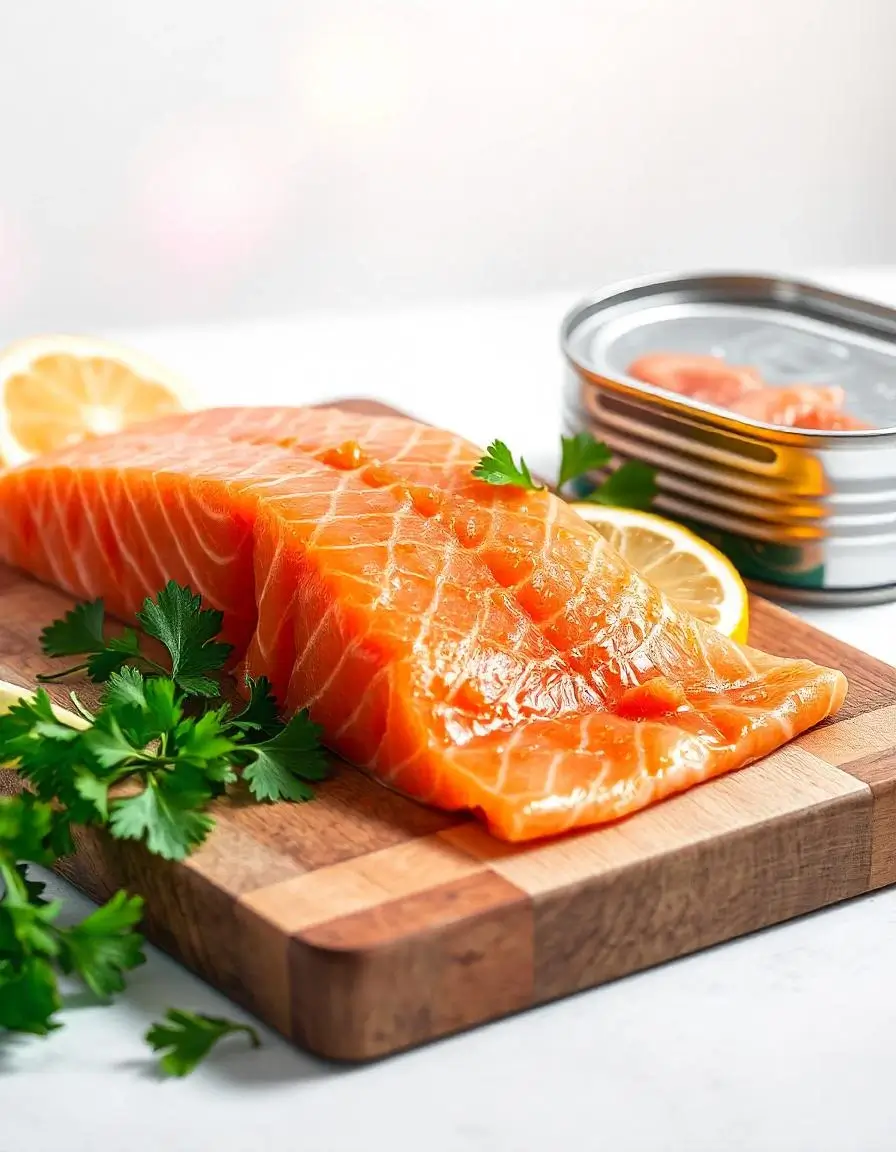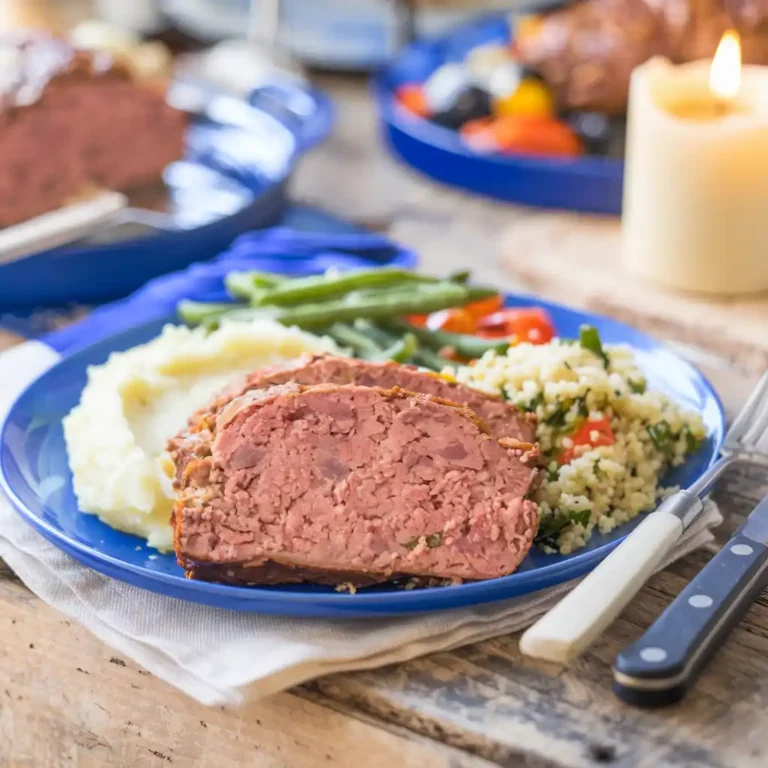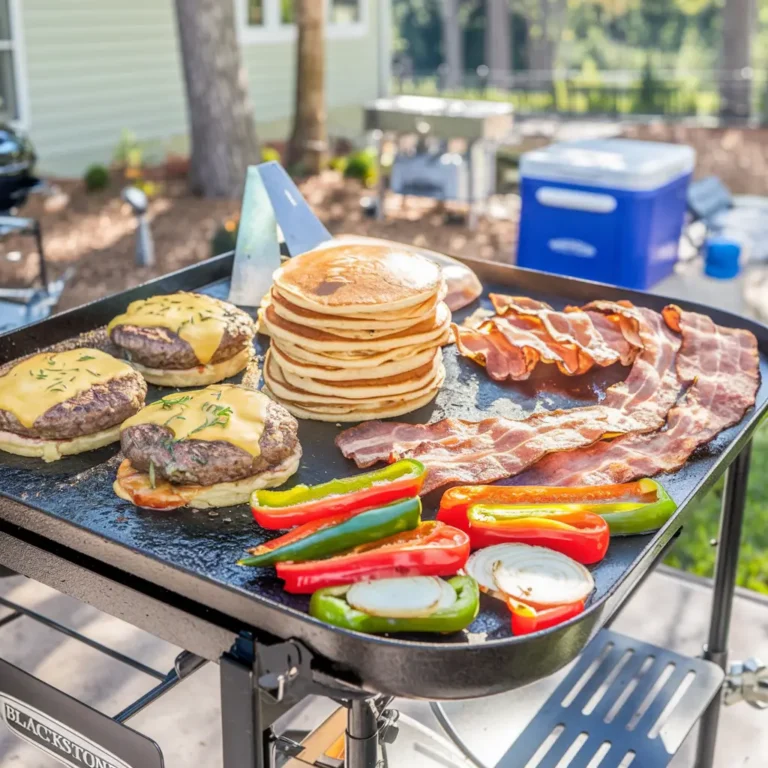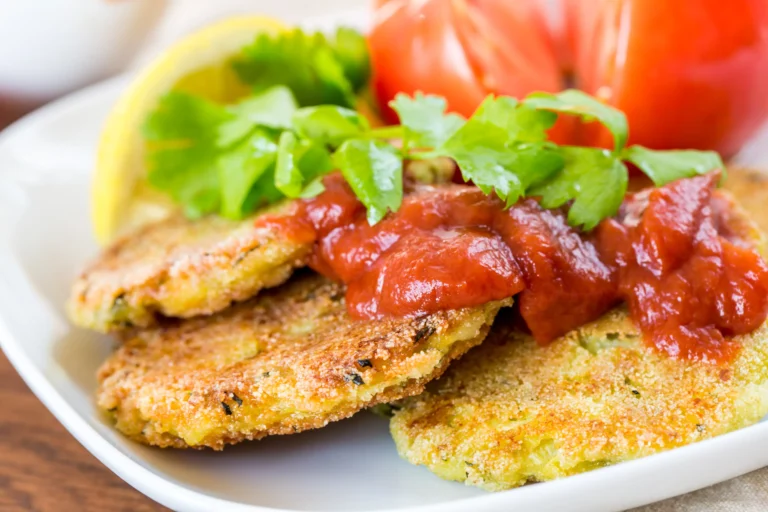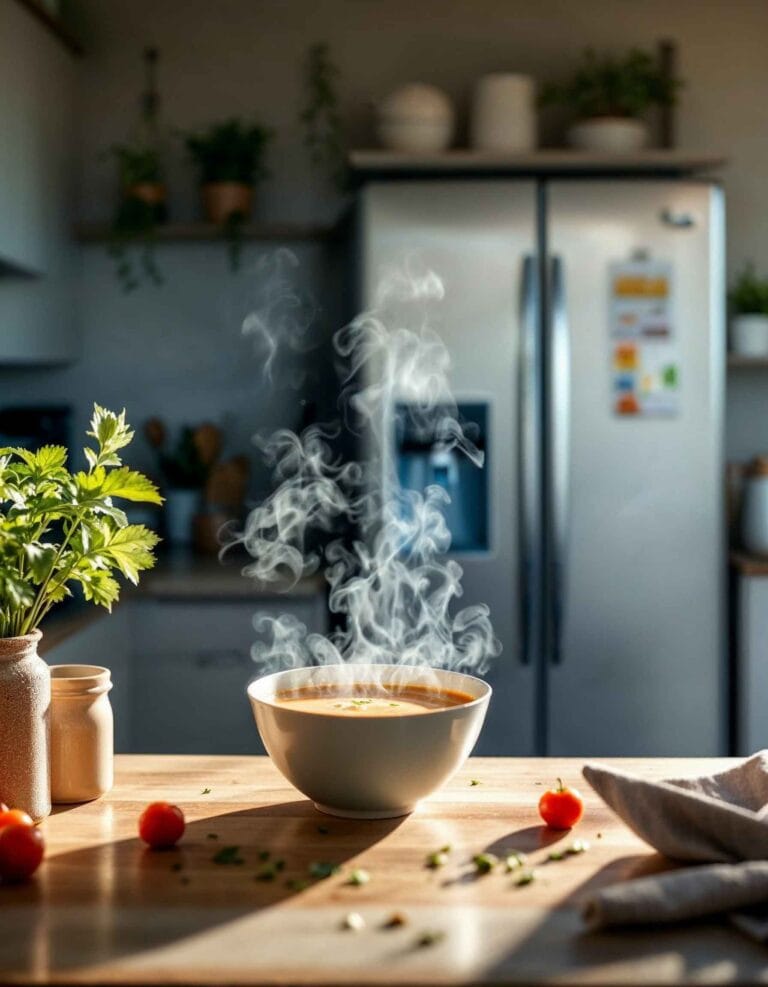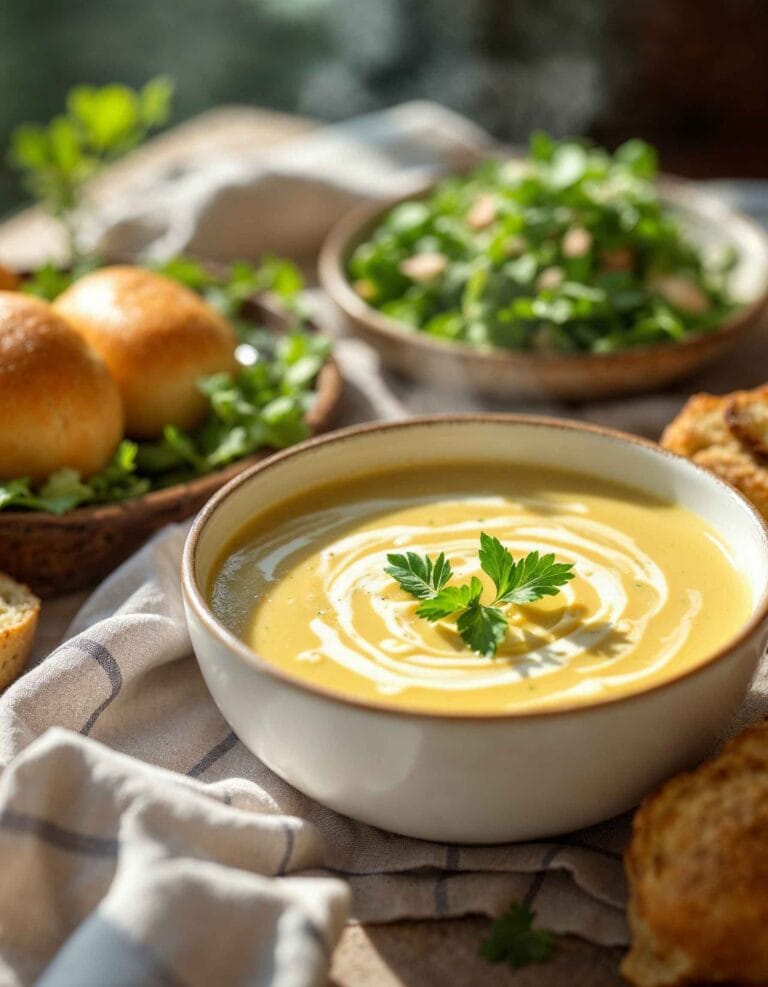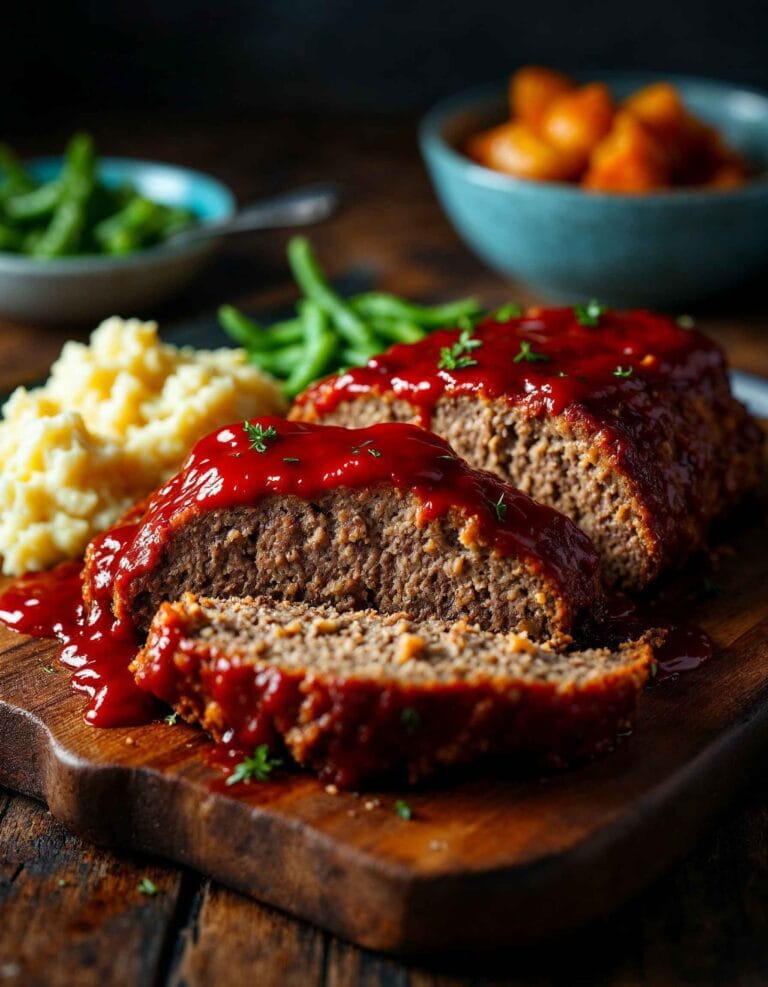What Are the Ingredients in Salmon Patties
What Are the Ingredients in Salmon Patties ?
Salmon patties are a delightful fusion of flavor, simplicity, and nutrition. These versatile creations are perfect for any occasion, whether served as a main course, appetizer, or even a protein-packed snack. Their appeal lies not only in their taste but also in their adaptability—each ingredient plays a crucial role in creating the perfect patty. From the richness of salmon to the binding agents and flavor boosters, understanding these elements will help you master this dish.
The Core Ingredients in Salmon Patties
The Star Ingredient – Salmon
Salmon is the foundation of salmon patties, offering a rich, flavorful, and nutritious base. Depending on your preference and convenience, you can choose between two primary options:
- Canned Salmon:
- Affordable, accessible, and ready to use.
- Most canned salmon includes small, soft bones that are rich in calcium and safe to eat but can be removed if preferred.
- Provides a consistent texture and flavor, making it an excellent choice for quick preparations.
- Fresh Salmon:
- Offers superior flavor and a firmer texture.
- Requires cooking (grilling, baking, or poaching) before flaking for use in patties.
- Ideal for those seeking a gourmet touch to their patties.
Pro Tip: Wild-caught salmon is often recommended for its deeper flavor and higher nutrient content compared to farm-raised varieties.
Binding Agents – The Key to Perfect Patties
Without proper binding agents, salmon patties can fall apart during cooking. Binding ingredients ensure the patties hold their shape and have the right consistency.
- Eggs:
- Act as the primary binder, holding the salmon mixture together.
- Typically, one egg is sufficient for a standard recipe, but larger batches may require more.
- Breadcrumbs, Panko, or Crushed Crackers:
- Add structure to the patties and absorb excess moisture.
- Breadcrumbs can be plain or seasoned for added flavor.
- Panko (Japanese-style breadcrumbs) is a popular choice for its light, crispy texture.
- Crushed crackers, such as saltines, offer a buttery flavor and softer consistency.
Alternative Options:
For a gluten-free variation, consider almond flour, oats, or crushed rice crackers as substitutes.
Struggling to keep your patties intact? Learn practical tips in our guide, How Do You Keep Salmon Patties from Falling Apart When Cooking.
The Perfect Balance – Moisture and Consistency
The right combination of ingredients ensures salmon patties are neither too dry nor too soggy. It’s all about balance:
- If the mixture feels too wet, add more breadcrumbs or crackers.
- If it’s too dry, incorporate additional moist ingredients like mayonnaise or an extra egg.
Pro Tip: Mix the ingredients gently but thoroughly to avoid overworking the mixture, which can lead to dense patties.
Looking for gluten-free or creative substitutions for breadcrumbs? Explore our article, What Can I Substitute for Breadcrumbs in Salmon Patties, for plenty of options.
Flavor Enhancers in Salmon Patties
Salmon patties are delicious on their own, but the right flavor enhancers can elevate them to a new level of taste. These ingredients add depth, aroma, and a balance of flavors, transforming a simple recipe into a culinary delight.
Aromatics – Onions and Garlic
Aromatics are essential for building a savory foundation in salmon patties:
- Onions:
- Finely diced yellow or white onions bring sweetness and balance.
- Green onions (scallions) are a lighter option, adding freshness and a mild, oniony flavor.
- Grating the onion ensures even distribution and prevents large chunks.
- Garlic:
- Minced or crushed garlic adds a robust, earthy flavor.
- Garlic powder can be used as a convenient alternative if fresh garlic is unavailable.
Pro Tip: Sauté the onions and garlic lightly before mixing them into the salmon patty mixture for a mellower, sweeter taste.
Fresh Herbs for Brightness
Fresh herbs add a pop of freshness, making the patties taste vibrant and well-rounded:
- Parsley: A classic herb that enhances the overall flavor without overpowering the dish.
- Dill: Perfect for pairing with salmon, offering a slightly tangy and grassy note.
- Cilantro: A great option for a more citrusy and bold flavor profile, often used in fusion recipes.
Pro Tip: Use a combination of parsley and dill for a balanced, traditional flavor or experiment with other herbs like chives or tarragon.
Spices for Depth and Complexity
The right spices can transform salmon patties from basic to gourmet:
- Salt and Pepper: These essentials bring out the natural flavors of the salmon and other ingredients.
- Paprika: Adds a smoky or sweet element, depending on the variety used.
- Cayenne Pepper: A pinch provides heat and balances the richness of the salmon.
- Old Bay Seasoning: A blend of celery salt, paprika, and other spices, perfect for seafood-based dishes.
Pro Tip: Adjust the spice levels to suit your palate. If serving children or guests who prefer milder flavors, keep the seasoning simple and serve with optional spicy sauces on the side.
Zesty Enhancements
Citrus elements are a game-changer for salmon patties:
- Lemon Juice: A splash of freshly squeezed lemon juice adds acidity and cuts through the richness of the salmon.
- Lemon Zest: Incorporating zest intensifies the citrus flavor without adding extra liquid.
Pro Tip: Add lemon juice just before mixing to retain its vibrant freshness.
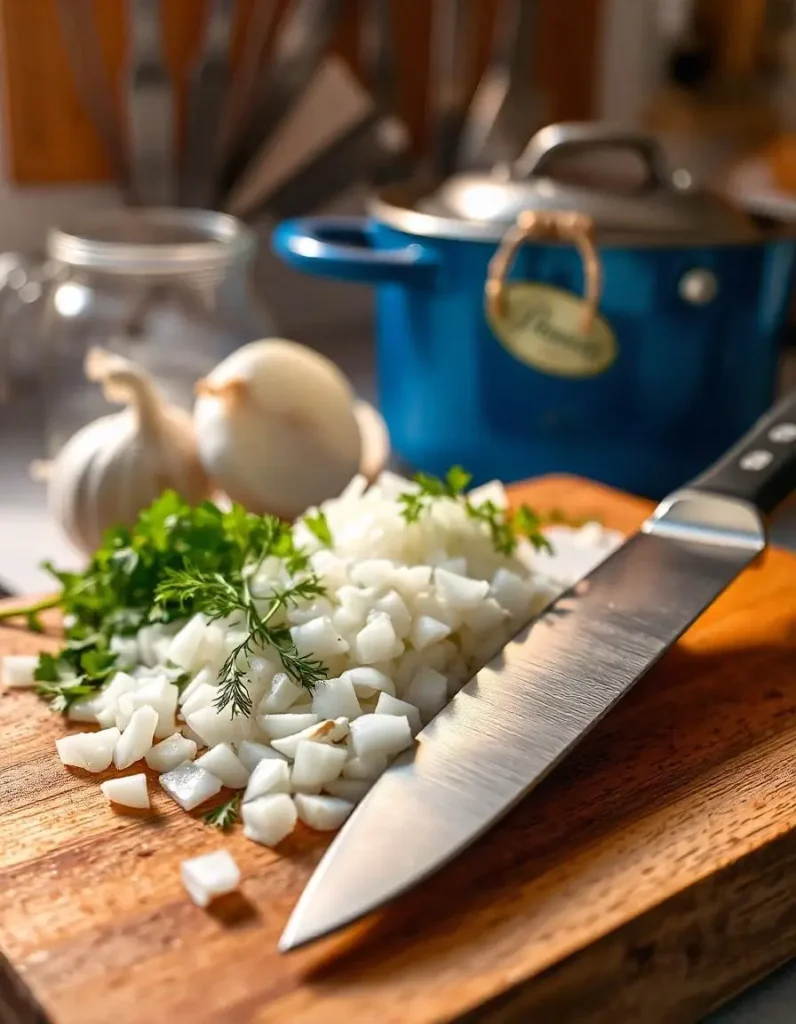
Moisture and Texture Elements in Salmon Patties
Creating salmon patties with the ideal texture and moisture is key to making them tender and flavorful. These elements not only enhance the mouthfeel but also prevent the patties from becoming dry or crumbly during cooking.
Creamy Additions for Moisture
To maintain the right balance of moisture, creamy ingredients are often incorporated into the mixture:
- Mayonnaise:
- A classic choice for adding creaminess and fat, keeping the patties moist.
- It blends seamlessly with the other ingredients, enriching the overall flavor.
- Sour Cream or Greek Yogurt:
- Sour cream offers a tangy richness, complementing the savory elements of the patties.
- Greek yogurt is a lighter alternative, adding protein without extra fat.
- Dijon Mustard:
- A small amount of Dijon mustard contributes tang and a hint of spice.
- It acts as a flavor enhancer while adding a silky texture.
Pro Tip: Avoid adding too much of these ingredients, as it can make the mixture too wet and difficult to shape.
Heading 3: Balancing the Wet and Dry Ingredients
Finding the perfect balance between wet and dry ingredients ensures a cohesive mixture:
- Adjusting Consistency:
- If the mixture is too dry, add more mayonnaise, an extra egg, or a splash of milk.
- If it’s too wet, increase the amount of breadcrumbs, panko, or crushed crackers.
- Chilling the Mixture:
- Refrigerating the mixture for 15–30 minutes before forming patties allows the ingredients to bind better, resulting in firmer patties.
Pro Tip: Handle the mixture gently to prevent over-compression, which can lead to dense, tough patties.
Texture Enhancements
Adding ingredients for texture variation can make the patties more interesting and satisfying:
- Vegetables:
- Finely diced vegetables like celery, bell peppers, or carrots add a crunch and boost the nutritional value.
- Green onions (scallions) or chives contribute a subtle, fresh bite.
- Breadcrumbs or Panko Coating:
- While breadcrumbs are included in the mixture for binding, coating the formed patties in panko before frying creates a crisp exterior.
Pro Tip: Lightly press the patties when forming them to ensure an even shape and texture, but avoid over-packing them, which can make them too dense.
Optional Additions for Creative Variations in Salmon Patties
While the classic salmon patty recipe is always a hit, optional ingredients can add unique twists, flavors, and textures to make the dish your own. These variations allow you to cater to different tastes and dietary preferences, elevating the simple patty into a gourmet experience.
For a timeless and traditional approach, check out our Old Fashioned Salmon Patties Recipe.
Vegetables for Added Texture and Nutrition
Incorporating vegetables not only enhances the flavor but also adds a pop of color and crunch:
- Celery: Finely diced celery adds a mild crunch and refreshing taste.
- Bell Peppers: Red, yellow, or green bell peppers bring sweetness, color, and texture.
- Carrots: Grated carrots blend seamlessly into the patties, adding subtle sweetness and extra nutrients.
- Spinach or Kale: Lightly wilted and chopped greens can be folded into the mixture for a nutrient boost.
Pro Tip: Make sure to dice or grate vegetables finely to prevent them from overpowering the delicate texture of the patties.
Cheesy Additions
Adding cheese to salmon patties introduces creaminess and a rich, savory element:
- Parmesan Cheese: A small amount of grated Parmesan enhances the umami flavor and adds a nutty undertone.
- Cheddar Cheese: Shredded cheddar offers a sharp, tangy flavor, making it a crowd-pleaser.
- Cream Cheese: Incorporating a dollop of cream cheese into the mixture creates a velvety texture.
Pro Tip: For a gooey surprise, place a small cube of cheese in the center of each patty before shaping and frying.
Spices and Sauces for a Flavorful Kick
Elevate your salmon patties with bold spices and sauces that add complexity to the dish:
- Hot Sauce: A dash of hot sauce can infuse the patties with heat and tanginess.
- Worcestershire Sauce: A classic seasoning for adding a deep, savory flavor.
- Curry Powder: For an exotic twist, a small amount of curry powder pairs surprisingly well with salmon.
- Ginger and Soy Sauce: For an Asian-inspired variation, add grated ginger and a splash of soy sauce to the mixture.
Pro Tip: Start with small amounts of these additions and adjust to taste to avoid overpowering the natural flavor of the salmon.
Grains and Seeds for Texture
Adding grains or seeds can bring a new layer of texture and nutrition to the patties:
- Oats: Rolled oats can replace breadcrumbs as a gluten-free binding agent with a heartier texture.
- Sesame Seeds: A sprinkle of sesame seeds in the mixture or on the patties before cooking adds nuttiness and crunch.
- Flaxseeds or Chia Seeds: These seeds not only bind the patties but also boost their nutritional value with omega-3s.
Pro Tip: Toast seeds lightly before adding them to the mixture to enhance their flavor.
Global Twists
Experimenting with international flavors can create entirely new versions of salmon patties:
- Mediterranean Style: Incorporate olives, sun-dried tomatoes, and feta cheese for a Mediterranean twist.
- Asian-Inspired: Add soy sauce, sesame oil, and scallions for a taste of Asia.
- Mexican Flavors: Mix in cumin, chili powder, and a dash of lime juice for a zesty Mexican take.
Pro Tip: Pair these global versions with matching sauces, like tzatziki for Mediterranean patties or a soy-ginger glaze for Asian-inspired ones.
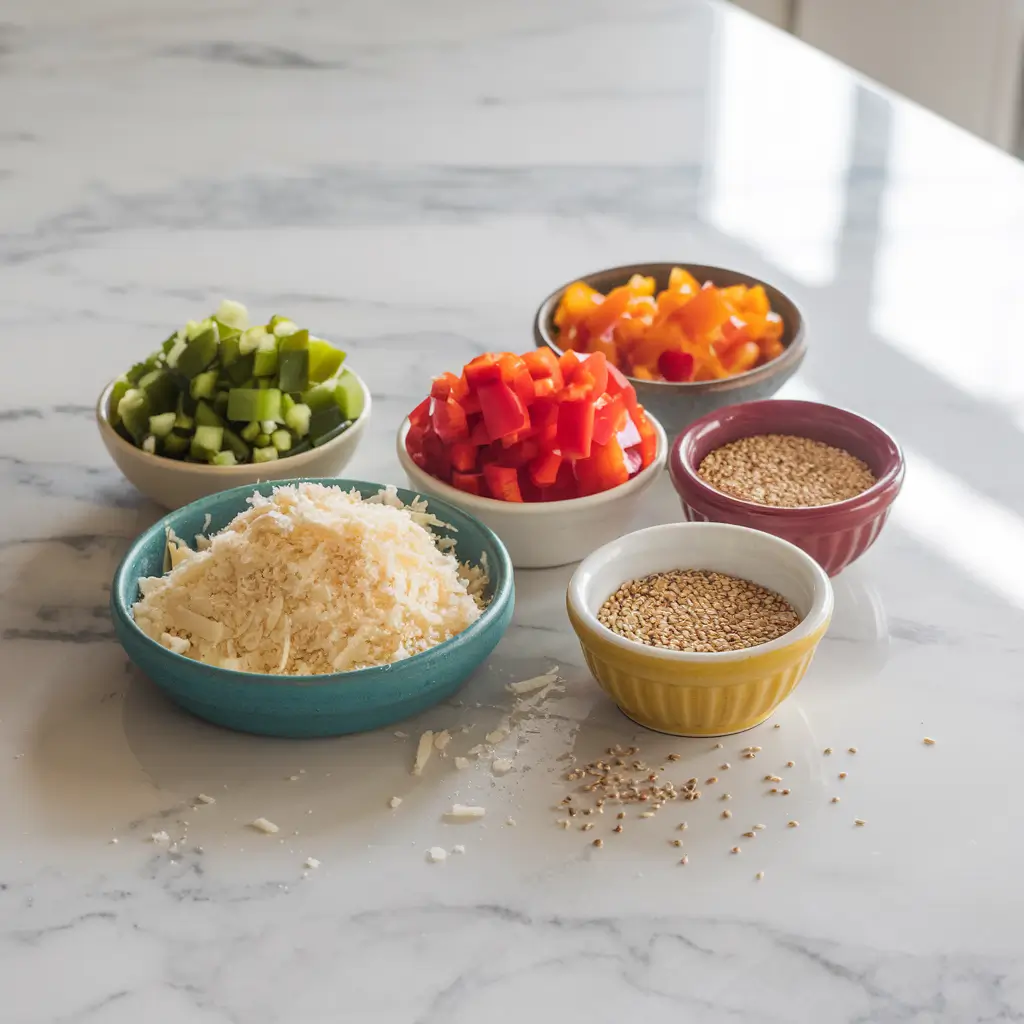
Preparation Tips for Perfect Salmon Patties
Crafting perfect salmon patties is as much about technique as it is about the ingredients. Proper preparation ensures the patties are flavorful, cohesive, and cooked to perfection. Follow these tips to make your salmon patties a resounding success.
Mixing the Ingredients
- Start with a Well-Drained Base:
- If using canned salmon, ensure it is thoroughly drained to prevent excess moisture in the mixture.
- For fresh salmon, pat the flakes dry with a paper towel after cooking.
- Combine Gently:
- Overmixing can lead to dense patties. Combine the ingredients just enough to evenly distribute them.
- Use a spatula or your hands for a light touch.
- Taste and Adjust Seasoning:
- Before shaping the patties, cook a small portion of the mixture to test for seasoning. Adjust salt, pepper, or spices as needed.
Pro Tip: Refrigerate the mixture for 15–30 minutes after mixing. This step helps the patties hold their shape better during cooking.
Shaping the Patties
- Size and Thickness:
- Aim for uniform patties to ensure even cooking. A thickness of about ½ to ¾ inch is ideal.
- For appetizers, form smaller, bite-sized patties.
- Light Handling:
- Use your hands to gently shape the mixture into patties without compressing it too much.
- If the mixture feels sticky, wet your hands slightly or dust them with breadcrumbs.
- Optional Coating:
- For extra crispiness, coat the shaped patties in panko breadcrumbs or crushed crackers before cooking.
Pro Tip: Place the shaped patties on a parchment-lined tray and refrigerate for an additional 10 minutes before cooking.
Cooking Techniques
- Pan-Frying:
- Heat oil (olive, vegetable, or canola) in a skillet over medium heat.
- Cook patties for 3–4 minutes per side, or until golden brown and heated through.
- Avoid overcrowding the pan to maintain a consistent temperature.
- Baking:
- Preheat the oven to 375°F (190°C).
- Arrange the patties on a greased or parchment-lined baking sheet.
- Bake for 15–20 minutes, flipping halfway through, until the patties are firm and slightly browned.
- Air Frying:
- For a healthier option, cook the patties in an air fryer at 375°F for 10–12 minutes, flipping halfway.
Pro Tip: For added flavor, drizzle the patties with melted butter or olive oil before baking or air frying.
Serving Suggestions
- Sauces:
- Pair the patties with tartar sauce, lemon aioli, or a soy-ginger glaze.
- Spicy mayo or sriracha sauce is great for those who enjoy a kick.
- Sides:
- Serve alongside a fresh green salad, roasted vegetables, or rice pilaf.
- For a casual meal, use the patties in a sandwich or burger with your favorite toppings.
- Garnishes:
- A sprinkle of fresh herbs (parsley, dill, or chives) or a squeeze of lemon juice can brighten the dish.
Pro Tip: Serve the patties immediately after cooking for the best texture and flavor.
Frequently Asked Questions (FAQs)
What is the difference between a croquette and a patty?
The primary difference between a croquette and a patty lies in their texture, preparation, and ingredients:
- Croquettes: These are typically made with a smoother mixture, often including mashed potatoes, flour, or béchamel sauce for a creamy interior. They are usually coated in breadcrumbs and deep-fried for a crisp exterior.
- Patties: These have a chunkier texture with identifiable pieces of fish or meat. They rely on binding agents like eggs and breadcrumbs and are often pan-fried or baked instead of deep-fried.
In essence, croquettes are richer and creamier, while patties have a firmer, meatier consistency.
Discover the nuanced differences in texture, preparation, and flavor by reading What Is the Difference Between Salmon Patties and Salmon Croquettes.
What are salmon croquettes made of?
Salmon croquettes are a variation of salmon patties, often featuring additional creamy or smooth elements. The key ingredients include:
- Salmon: Canned or cooked fresh salmon as the base.
- Binders: Eggs and often mashed potatoes or flour for a smooth texture.
- Breadcrumbs: Used both in the mixture and as an outer coating for a crispy finish.
- Flavorings: Common additions include onion, garlic, parsley, and spices like paprika or cayenne.
Salmon croquettes are usually deep-fried or pan-fried to achieve their signature golden, crispy exterior.
How do you keep salmon patties from falling apart?
Ensuring your salmon patties stay intact during cooking involves several key steps:
- Proper Binding Agents: Use sufficient eggs and breadcrumbs (or alternatives like panko or crushed crackers) to bind the mixture.
- Right Consistency: The mixture should be moist but not too wet. If it feels overly sticky, add more breadcrumbs or a similar dry ingredient.
- Chilling the Mixture: Refrigerate the mixture for 15–30 minutes before forming patties. This helps the ingredients bind together better.
- Gentle Handling: Avoid over-compressing the patties while shaping, and use a spatula for flipping to prevent breakage.
Pro Tip: If the mixture is still too crumbly, an extra egg or a dollop of mayonnaise can improve cohesion.
What is the difference between salmon patties and salmon burgers?
While salmon patties and salmon burgers share many similarities, they serve different culinary purposes:
- Salmon Patties:
- Typically smaller in size and served as part of a main dish or appetizer.
- Often paired with sauces, salads, or side dishes.
- Focuses on a balance of salmon, binding agents, and seasoning.
- Salmon Burgers:
- Larger and specifically designed to be served in a bun, like a traditional burger.
- The mixture may include fewer fillers to highlight the salmon’s flavor and texture.
- Often accompanied by burger toppings like lettuce, tomato, and aioli.
In short, salmon patties are more versatile and lighter, while salmon burgers are structured as a heartier meal.
Conclusion
Salmon patties are a timeless dish that perfectly balances flavor, convenience, and nutrition. Whether you’re using fresh or canned salmon, the right combination of binding agents, flavor enhancers, and optional ingredients can elevate these patties from simple to gourmet. With endless opportunities for customization—like incorporating fresh herbs, vegetables, or spices—you can adapt salmon patties to suit any palate or occasion.
By understanding the key components, such as maintaining proper texture and mastering cooking techniques, you can ensure perfect salmon patties every time. Whether served as a main dish, appetizer, or even in a sandwich, they’re a versatile and satisfying option for any meal.
Experiment with different variations, pair them with your favorite sides and sauces, and enjoy the endless possibilities of this beloved classic. Salmon patties are more than just a recipe—they’re a culinary canvas waiting to be personalized!

